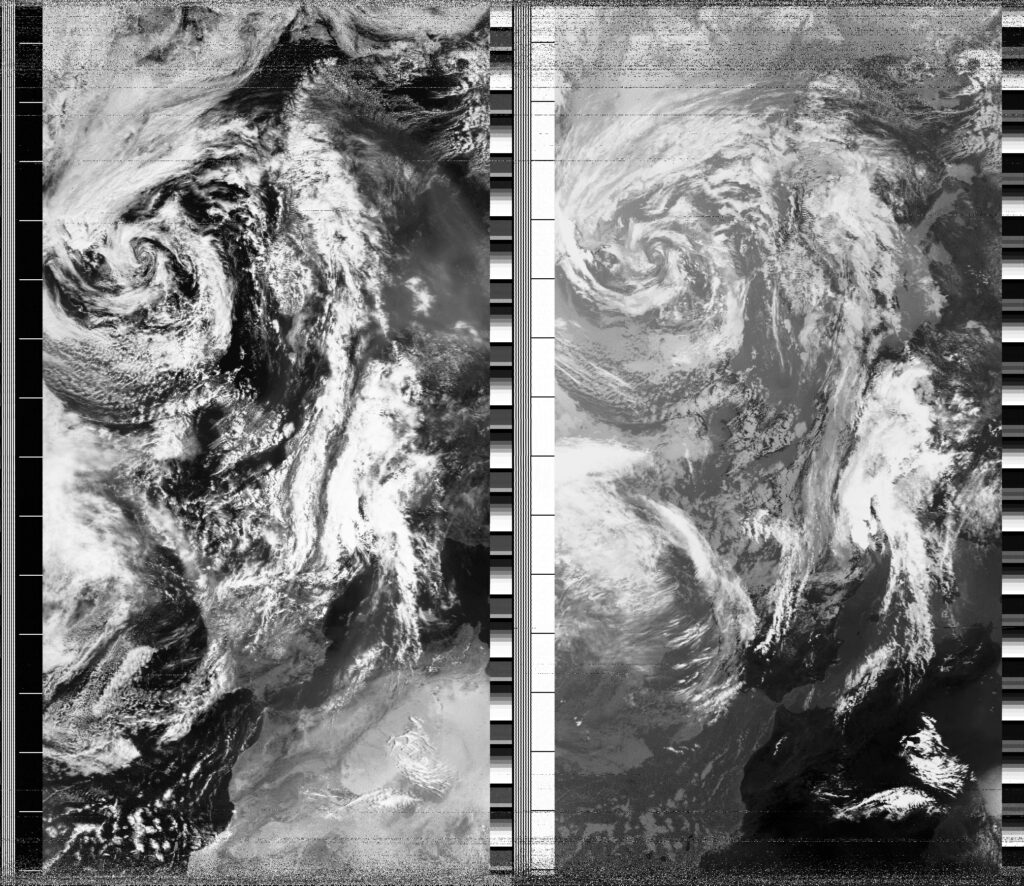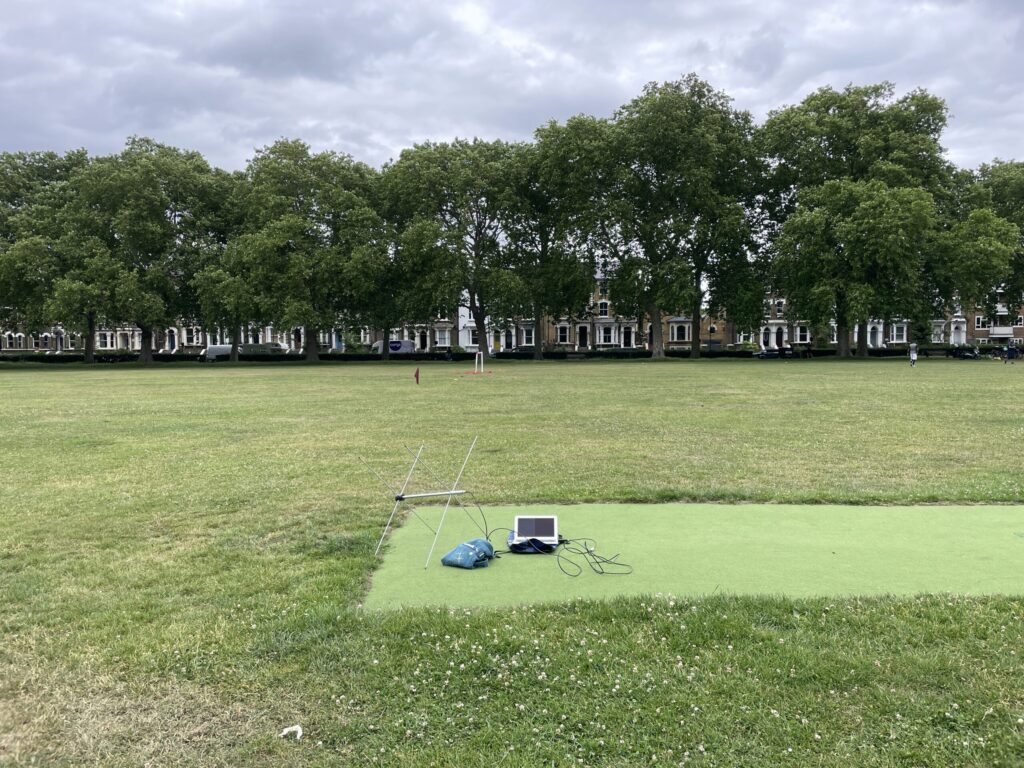Local Date
4 June 2025Local Time
12:24Location
Hackney Downs, LondonCountry or Territory
United KingdomContributor
Sasha EngelmannSatellite
NOAA-18Radio Callsign
Archive ID
Coordinates
Today Soph and I learned (via Carl Reinemann) that "on May 31, 2025, the NOAA-18 STX-4 S-band downlink transmitter experienced an anomaly that resulted in considerable imagery degradation and data drop outs. Users are advised to discontinue use of all NOAA-18 science products immediately".
An announcement updated this morning further states "Based on NOAA’s requirement to responsibly manage on-orbit assets, NOAA will commence with decommissioning activities immediately for NOAA-18. The exact date/time of decommission is not yet determined, and is pending completion of pre-decommission processes". Such processes involve:
System Safing: Disconnecting batteries, disabling transmitters, and depleting propellants (like nitrogen gas) to make the satellite inert and prevent uncontrolled breakups.
Data Transition: Ensuring that all critical data streams from NOAA-18 are successfully transferred to newer, more advanced satellite constellations, such as the Joint Polar Satellite System (JPSS). NOAA-18, along with NOAA-15 and NOAA-19, has been in an "Extended Life" program, transitioning to a commercial ground system for continued operation as "data of opportunity," but this will cease.
Operational Handover: Shifting any remaining operational responsibilities or data product generation to other active satellites or ground systems.
Final Orbital Maneuvers (if applicable): While not always a de-orbit for end-of-life satellites like NOAA-18 (which will likely remain in orbit but be inert), some decommissioning processes might involve maneuvers to place the satellite in a safer, less congested orbital path.
Compliance Checks: Verifying that all decommissioning procedures adhere to national and international guidelines for space debris mitigation.
I saw an 88 degree NOAA-18 pass occurring over London and went outside to capture it. As it has always done since my first attempt receiving this satellite in July 2019, the characteristic APT signal reached my laptop speakers at the minute the satellite was due to crest the Northern horizon. I tried to observe any weakness in the signal, and couldn't detect any.
How many days do you have left, NOAA-18?


